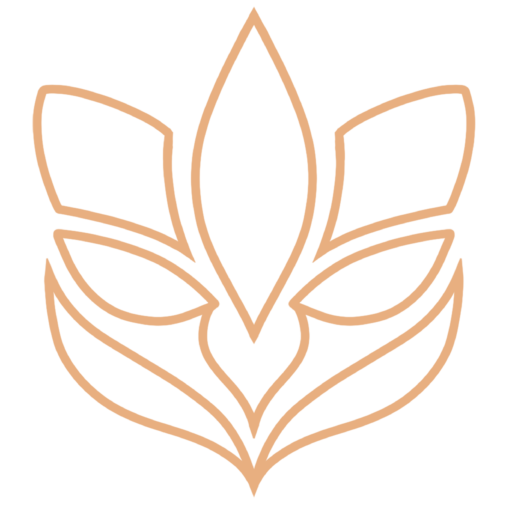The relationship between humans and plants is one of the most enduring and influential in Earth’s history. Over millennia, this co-evolutionary partnership has shaped ecosystems, fueled civilization, and given rise to the healing traditions we still use today.
🌱 A Symbiotic Relationship: How Humans and Plants Evolved Together
Humans and plants have evolved in a mutually beneficial relationship. As early societies discovered the most nourishing and useful plants—like wheat, corn, and barley—they began cultivating them, leading to the dawn of agriculture.
This transition, known as the Neolithic Agricultural Revolution, allowed humans to settle, build civilizations, and support larger populations.
🔗 Learn more: Smithsonian – The Origins of Agriculture
🌿 The Birth of Herbal Medicine
Through observation and experience, ancient cultures learned that certain plants could balance the body and treat illness. These herbal practices became the cornerstone of traditional medicine systems, including:
- Traditional Chinese Medicine (TCM)
- Ayurveda (India)
- Native American healing traditions
Examples of commonly used herbs include:
- 🌼 Feverfew for migraines
- 🌸 Black cohosh for menopausal symptoms
- 🌿 Willow bark for pain relief
These herbs weren’t just symptom-specific—they were part of a holistic approach to health and wellness.
🔗 Explore: World Health Organization – Traditional Medicine
💊 From Herbal Remedies to Modern Pharmaceuticals
In recent centuries, scientists began isolating the bioactive compounds in healing plants, creating the foundation of modern pharmacology. Some of the most well-known drugs have herbal origins:
- Aspirin from willow bark (salicin)
- Paclitaxel (Taxol) from the Pacific yew tree
- Morphine from the opium poppy
These discoveries validated what traditional healers had known for generations.
🔗 Research article: WHO – Plant-Derived Pharmaceuticals
🔗 Overview: ScienceDirect – Aspirin’s Origins
🌍 The Urgent Need for Medicinal Plant Conservation
As the demand for herbal supplements and plant-derived medicines grows, so does the risk of overharvesting and habitat destruction. Many medicinal plants are now endangered.
To preserve this legacy for future generations, sustainable practices are critical. This includes:
- Ethical wildcrafting and organic farming
- Conservation of indigenous ecosystems
- Support for biodiversity research
🔗 Visit: Convention on Biological Diversity (CBD)
🔗 Learn: United Plant Savers – Protecting Native Medicinal Plants
🌿 From Ancient Wisdom to Modern Wellness
The co-evolution of humans and plants is more than a historical fact—it’s an ongoing journey. From the foods we eat to the medicines we take, plants remain our greatest allies in health.
As we continue to unlock the power of plant-based medicine, it’s our responsibility to honor this relationship through sustainable use, scientific exploration, and respect for traditional knowledge.
🔗 Dive deeper: National Center for Complementary and Integrative Health (NCCIH)

